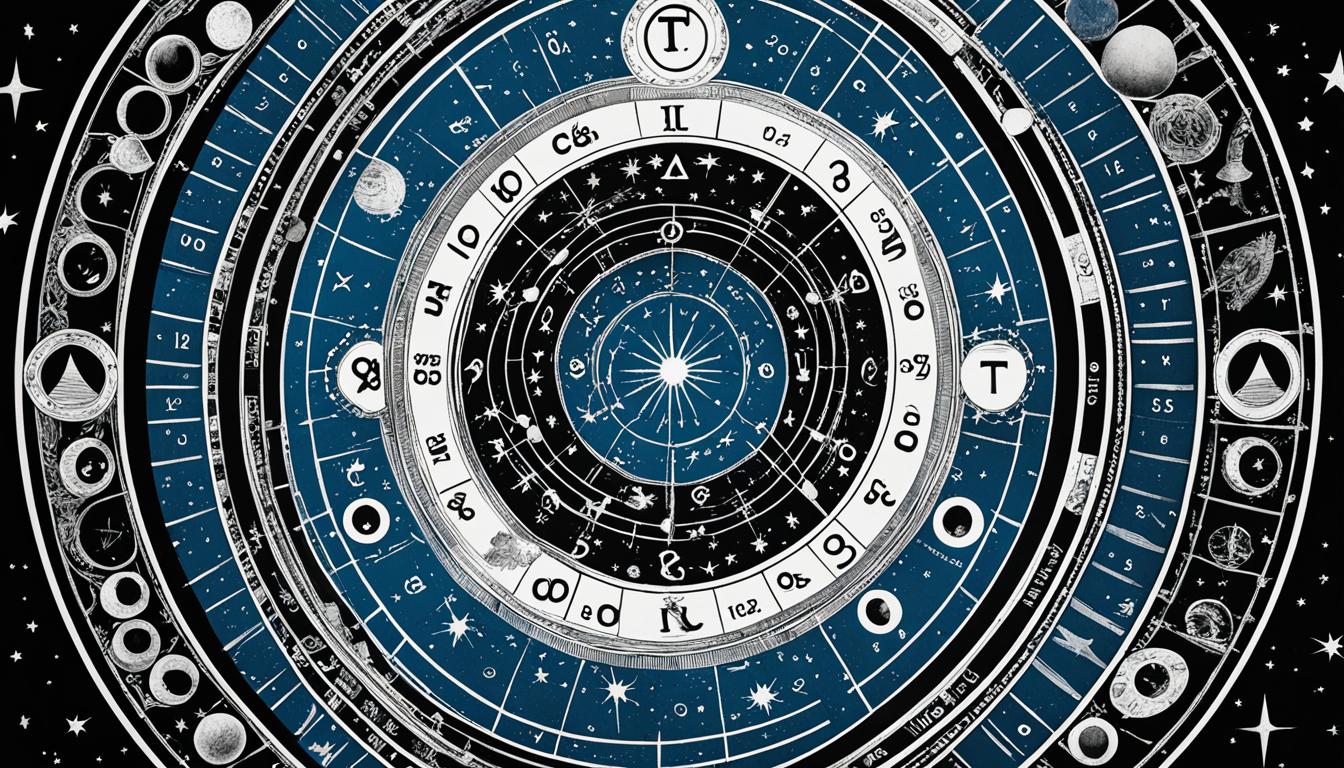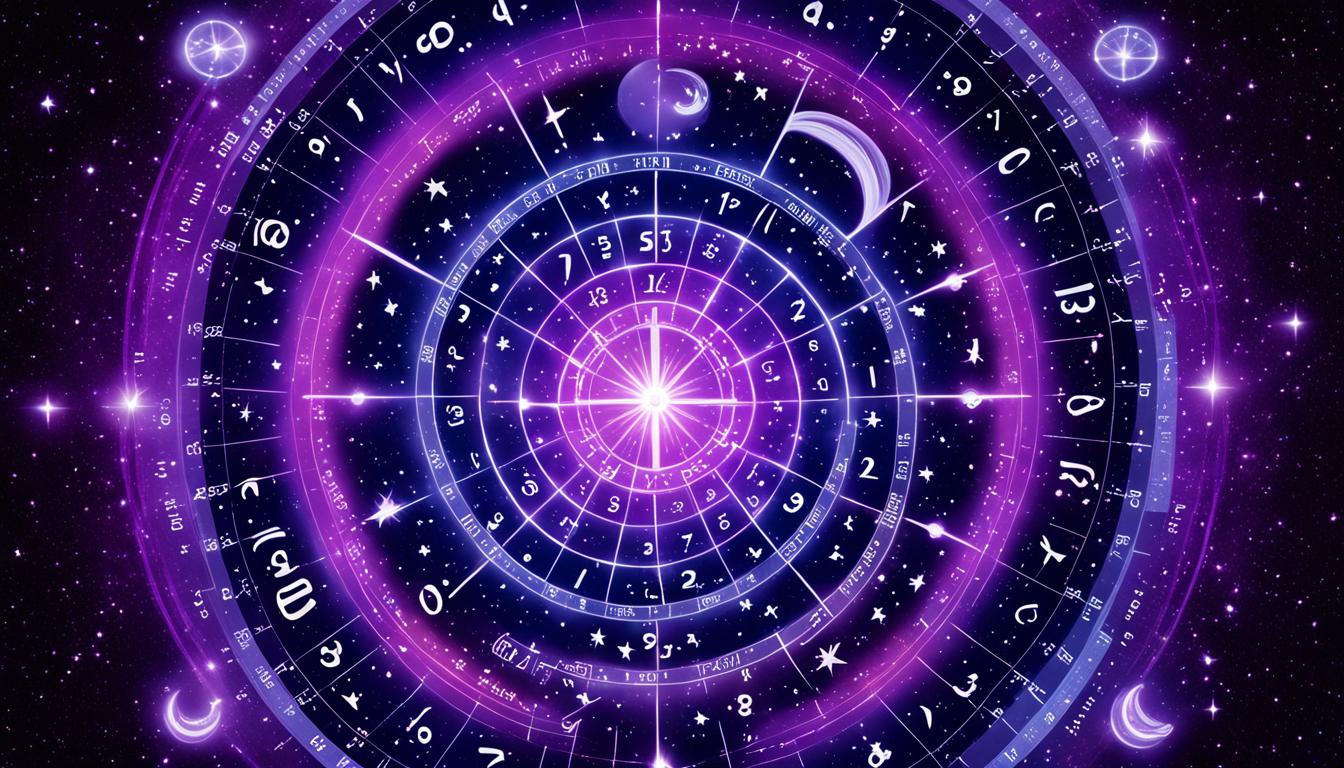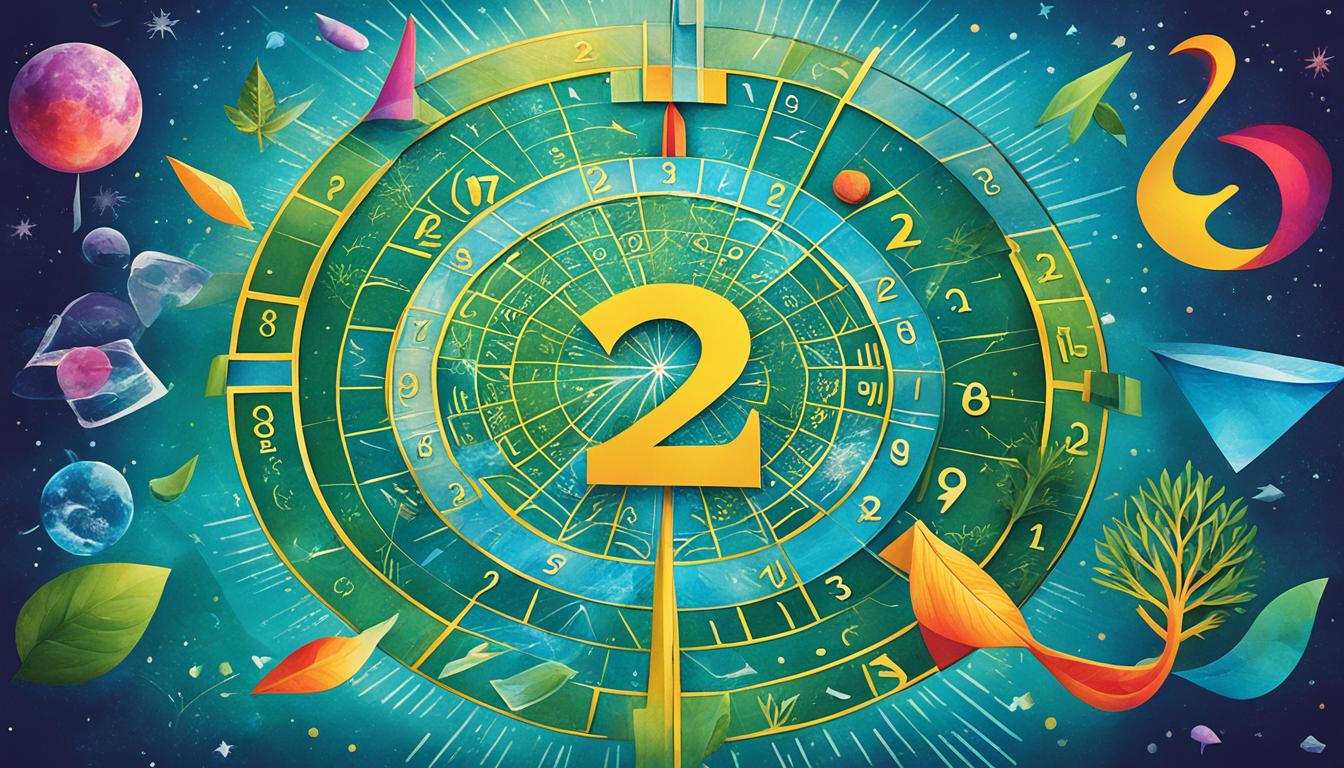Have you ever woken up from a dream feeling inspired, only to lose that spark quickly? Imagine if you could keep that spark alive. Welcome to the world of lucid dreaming, where your creativity has no limits.
Lucid dreaming lets you explore your creativity freely. You know you’re dreaming, so you can dive deep into your imagination1. This special state is great for getting artistic ideas, solving problems, and growing personally.
Learning lucid dream techniques can open up a flood of new ideas. These methods help you break through creative blocks and see things from new angles2. The Artistic Response Test (ART) is one way to tap into this creative power during sleep.
Lucid dreaming for creativity is more than just a dream. It’s supported by science3. Research shows that 85% of people found new ideas for creative projects through keeping a dream journal. This link between dreams and creativity can be your secret to unlocking your artistic potential.
Key Takeaways
- Lucid dreaming allows conscious control of dreams for creative exploration
- The ART method targets REM sleep for optimal lucid dreaming
- Dream journaling significantly boosts creative idea generation
- Lucid dreaming techniques can help overcome creative blocks
- Combining meditation and lucid dreaming enhances artistic inspiration
Understanding Lucid Dreaming and Creativity
Lucid dreaming opens a gateway to unleashing your artistic potential. This fascinating state occurs when you’re aware you’re dreaming while still in the dream. It’s a unique opportunity for oneiric imagination exercises and subconscious creativity unlocking.
What is lucid dreaming?
Lucid dreaming is a state where you’re conscious within your dream, recognizing it’s not real life. While many never fully experience it, some dreamers can control their actions and surroundings in the dream world4. Studies show that about 55% of people have had a lucid dream at least once, but only 0.3-0.8% of recalled dreams are truly lucid5.
The connection between dreams and creativity
Dreams and creativity share a strong bond. Research indicates that frequent lucid dreamers perform better in tasks involving insight and creative thinking4. In fact, lucid dreamers score significantly higher on creativity tests compared to non-lucid dreamers5. This connection highlights the potential for using lucid dreams as a tool for enhancing artistic expression.

Benefits of lucid dreaming for artists
For artists, lucid dreaming offers a unique platform for subconscious creativity unlocking. It can help overcome creative blocks, explore new ideas, and gain inspiration from vivid dream experiences. By practicing lucid dreaming techniques consistently, you can tap into creative ideas that were previously out of reach4.
| Aspect | Lucid Dreamers | Non-Lucid Dreamers |
|---|---|---|
| Creativity Scores | Significantly Higher | Lower |
| Cognitive Task Performance | Better in Insight and Creative Thinking | Standard Performance |
| Problem-Solving Ability | Enhanced | Normal |
By engaging in oneiric imagination exercises through lucid dreaming, you can unlock new realms of creativity and artistic expression. It’s a powerful tool for personal growth, self-discovery, and enhanced problem-solving skills in your artistic journey.
The Science Behind Lucid Dreams and Artistic Expression
Lucid dreaming and creativity are linked by brain science. When you have a lucid dream, your brain’s complex thinking center, the prefrontal cortex, gets more active6. This means you can change and mix ideas in new ways, making connections you wouldn’t make while awake.
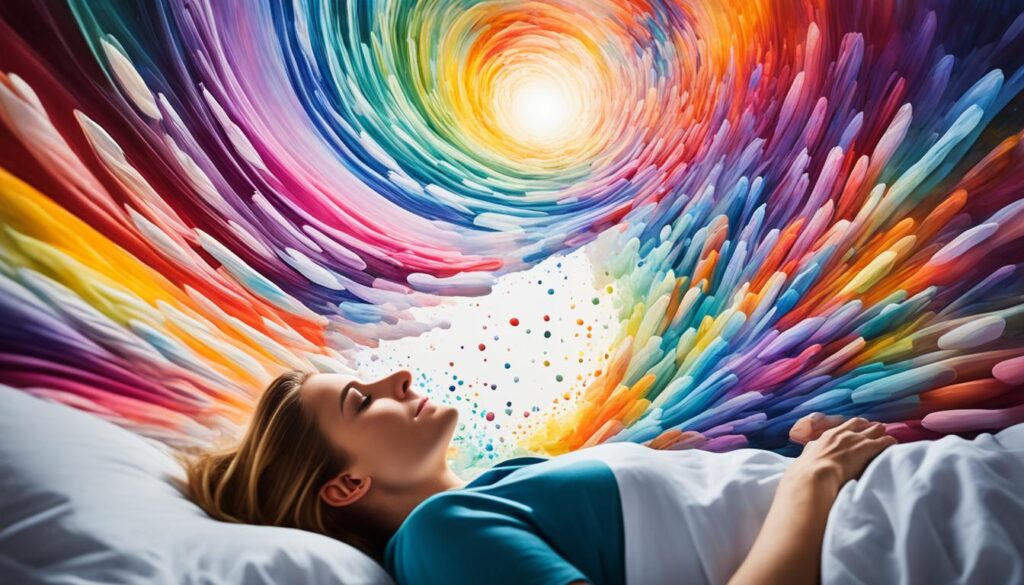
Studies show that people who have lucid dreams often have stronger brain connections. These connections are important for thinking and solving problems6. This is why many artists use dream journaling to get new ideas.
Narcoleptics, who often have lucid dreams, are more creative than others. A study found 43% of narcoleptics have lucid dreams often, while only 3% of others do7. This shows a strong connection between lucid dreaming and being creative.
There are many ways to try and have lucid dreams. With practice, you might have one or two a week8. These dreams can help you solve problems and think more creatively, opening up new ways to be artistic.
Artists like Salvador Dalí and Stephen King say their work came from their dreams6. By using lucid dreaming, you can also find new ways to be creative and explore your art.
Lucid Dream Techniques to Enhance Creativity
Unlock your artistic potential by tapping into the dreaming mind’s potential. Lucid dreaming offers a unique gateway to conscious dreaming and innovation. Let’s explore some powerful techniques to boost your creativity through lucid dreams.
Reality Checks and Dream Journaling
Start by performing reality checks throughout your day. Ask yourself, “Am I dreaming?” and observe your surroundings. This habit will carry over into your dreams, triggering lucidity. Keep a dream journal to identify patterns and improve dream recall. Roughly 55% of adults report experiencing at least one lucid dream in their lifetime, but only 23% have them monthly or more frequently9.
Wake Back to Bed (WBTB) Method
The WBTB technique involves waking up during early morning hours and then returning to sleep. This method increases your chances of entering REM sleep quickly, making lucid dreams more likely. Some individuals report experiencing 3-6 lucid dreams per month using this approach10.
Mnemonic Induction of Lucid Dreams (MILD)
MILD uses affirmations and visualizations to increase lucid dreaming chances. Before sleep, repeat phrases like “I will recognize I’m dreaming” while visualizing yourself becoming lucid. This technique can significantly contribute to problem-solving for creative tasks9.
Visualization Exercises
Practice visualization exercises both while awake and as you drift off to sleep. Imagine vivid scenes, colors, and textures. This enhances your ability to create and control dream environments. Studies show that individuals who experience lucid dreams more frequently perform better on cognitive tasks requiring insight and problem-solving skills11.
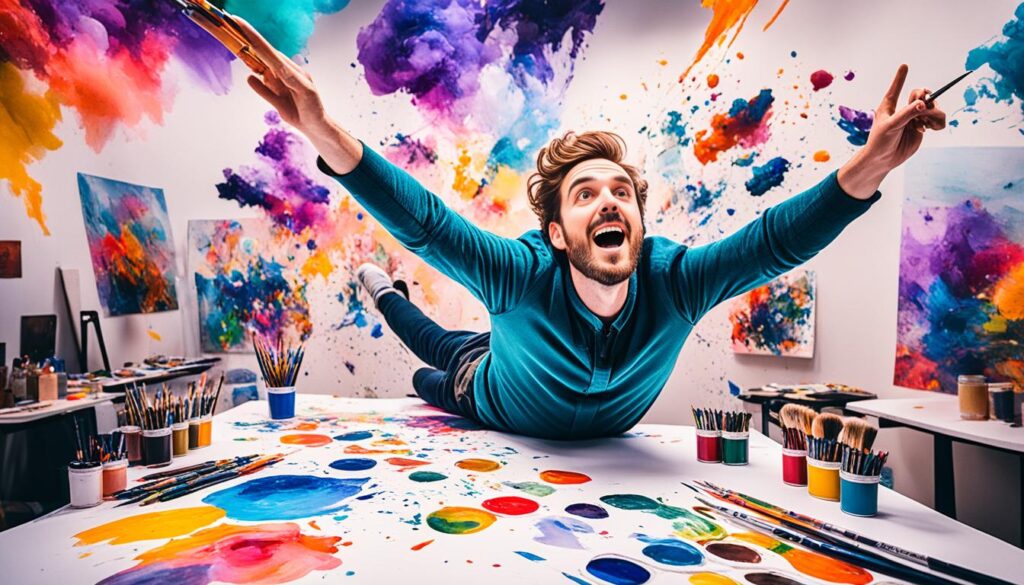
| Technique | Benefits | Success Rate |
|---|---|---|
| Reality Checks | Improved dream awareness | 55% lifetime experience |
| Dream Journaling | Enhanced dream recall | Varies by individual |
| WBTB | Increased REM sleep access | 3-6 lucid dreams per month |
| MILD | Better problem-solving | Effective for creative tasks |
By consistently practicing these techniques, you’ll tap into the vast creative potential of your dreaming mind. Remember, lucid dreaming is a learned skill that improves with practice and repetition10. Embrace this journey of conscious dreaming and innovation to unlock new realms of artistic expression.
Harnessing the Power of Interrupted Hypnagogia
Explore the world of interrupted hypnagogia to boost your creativity. This method uses the N1 sleep stage to improve creativity and problem-solving.
The N1 Sleep Stage and Creativity
The first stage of sleep, hypnagogia, lasts about 12 minutes12. It’s a semi-lucid state where your mind is ready for creativity. Interrupting this stage can lead to big creative breakthroughs.
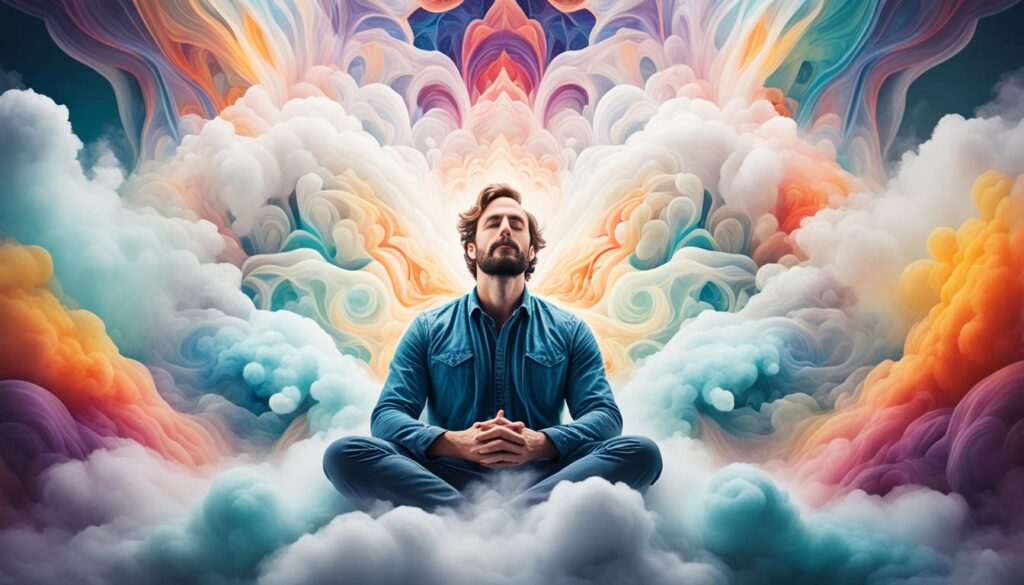
Famous Artists Who Used This Technique
Salvador Dalí and Thomas Edison used interrupted hypnagogia. They would nap with an object, waking up when it fell. This sparked new ideas and helped their art.
How to Practice Interrupted Hypnagogia
To use this creative method:
- Find a quiet spot and get ready for a nap.
- Hold a small object in your hand as you relax.
- Let yourself fall asleep.
- The object’s fall will wake you, bringing new ideas.
- Write down any thoughts or images you get.
Research shows that targeted dream incubation in naps boosts creativity by 43%13. Interrupted hypnagogia opens up new ways to express yourself creatively and solve problems.
| Technique | Creative Performance Improvement |
|---|---|
| Nap with Targeted Dream Incubation | 43% increase |
| Nap without Targeted Dream Incubation | No significant increase |
| Awake without Incubation | 78% lower than nap with incubation |
Keeping a regular sleep schedule helps avoid hypnagogic states during the day14. Adding this technique to your routine puts you with artists who have mixed dreams and creativity.
Exploring Your Subconscious Mind for Artistic Inspiration
Unlock the hidden treasures of your subconscious mind through lucid dreaming for artistic inspiration. Your dreams can help you get past creative blocks and find new ways to solve artistic problems15. In fact, about 55% of artists and creatives use dream exploration to boost their creativity16.
By doing oneiric imagination exercises, you can use the vivid images and feelings from your dreams. This can lead to new ideas and unique art forms. Among lucid dreamers, 63% say it greatly helps them come up with new artistic ideas16. Whether you’re into writing, painting, or music, lucid dreaming can help you see and make art that goes beyond usual limits15.
To use this creative power, try dream incubation. Before you sleep, think about a specific theme or question for your art. This can help your dreaming mind find artistic answers. The free nature of dreams lets you see things you might not think of when you’re awake. A big 79% of lucid dreaming fans say it helps them get past creative blocks and think freely16. By exploring your subconscious through lucid dreaming, you’re opening up to endless artistic inspiration.
FAQ
What is lucid dreaming?
Lucid dreaming means knowing you’re dreaming while you’re dreaming. You can then shape the dream world yourself.
How can lucid dreaming enhance creativity?
Lucid dreaming lets you think freely and make new connections. Artists can break through creative blocks and find new ideas. They get inspiration from their dreams.
What is the Artistic Response Test (ART)?
The ART is a way to spot when you’re entering REM sleep, key for lucid dreaming. It uses creative word games to tell when you’re close to REM sleep.
What are some techniques to induce lucid dreams?
To start lucid dreaming, try reality checks, keeping a dream journal, or the Wake Back to Bed (WBTB) method. Also, use Mnemonic Induction of Lucid Dreams (MILD) and visualization to help.
What is interrupted hypnagogia, and how can it enhance creativity?
Interrupted hypnagogia is waking up during the N1 sleep stage, when your mind is half awake. It’s linked to more creativity and solving problems better. Artists can use it to find new ideas and boost their creativity.
How can the subconscious mind be a source of artistic inspiration?
The subconscious mind, reached through lucid dreaming, is full of artistic ideas. Artists can work with their dreams to find symbols, emotions, and surreal scenes. These can spark their creativity.
Source Links
- https://www.mesmerizeapp.com/blog/list-of-lucid-dreaming-meditation
- https://www.thelucidguide.com/post/art-rem-prediction-lucid-dreams-creativity-boost
- https://silviabastos.medium.com/how-to-unlock-your-hidden-creativity-with-dream-journaling-fa0bedbedb8a
- https://www.linkedin.com/pulse/lucid-dream-creativity-phil-mckinney
- https://scholarblogs.emory.edu/artsbrain/2021/05/03/lucid-dreaming-and-creativity/
- https://thinkpotion.com/lucid-dreaming-for-creativity-unleash-your-inner-visionary/
- https://www.psychologytoday.com/us/blog/dream-catcher/201908/do-lucid-dreams-promote-creativity
- https://www.scientificamerican.com/article/lucid-dream-analysis-could-tap-the-creative-unconscious/
- https://wired.me/science/lucid-dreams-creative/
- https://writingcooperative.com/how-to-start-lucid-dreaming-for-greater-creativity-and-better-writing-cb52ee4ea273
- https://www.sleepcycle.com/how-to-fall-asleep/sleep-dream-and-boost-your-creativity/
- https://memod.com/Elizabeth/sleep-on-it-harnessing-the-creative-power-of-the-hypnagogic-state-4944
- https://news.mit.edu/2023/sleep-sweet-spot-dreams-creativity-0515
- https://lifesci.com.sg/article/3251/
- https://www.oniri.io/post/using-dreams-for-creativity-and-problem-solving
- https://edyzoo.medium.com/exploring-lucid-dreaming-and-its-impact-on-creativity-791f22977ff4

